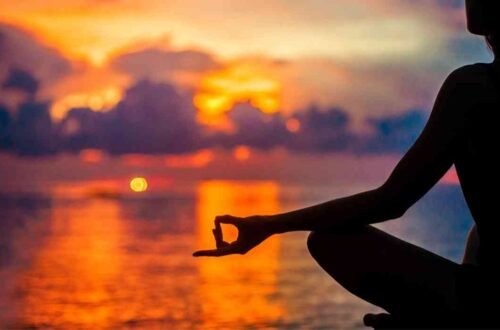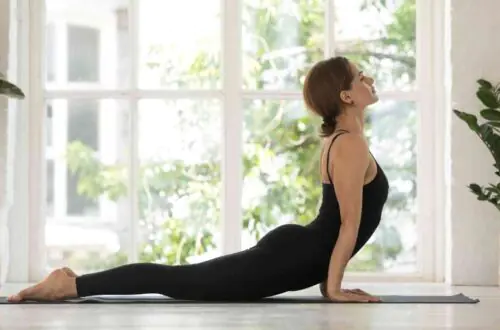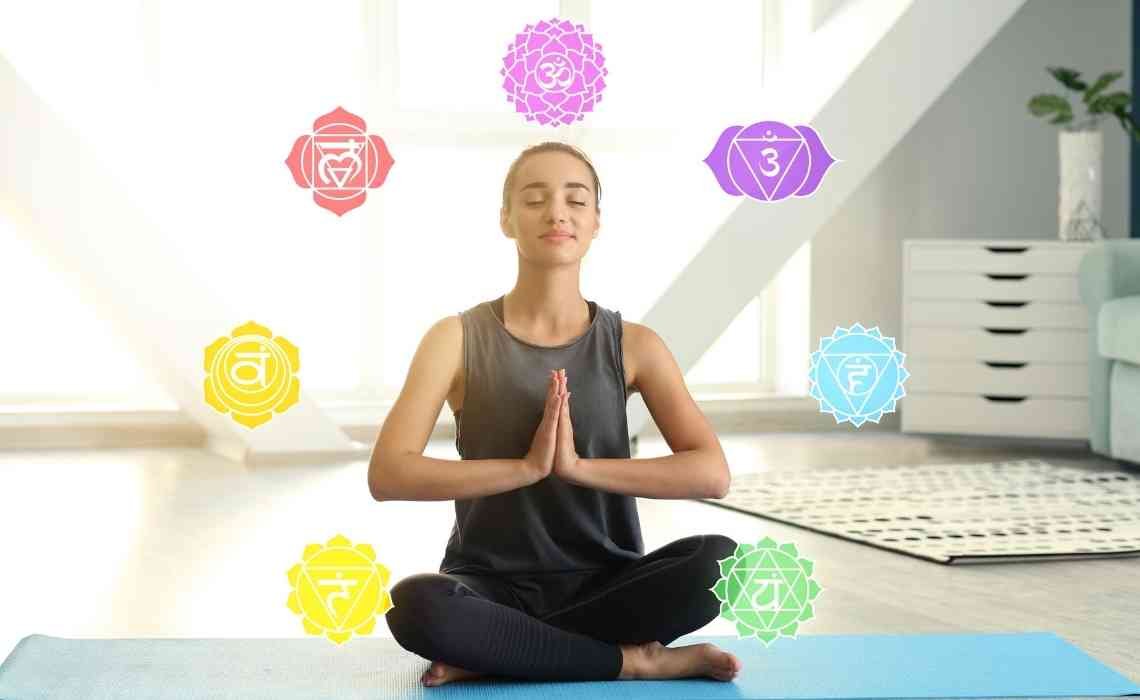
What is the Yoga Namaste Pose Called in Practice?
Yoga is a beautiful practice that helps us stretch our bodies, calm our minds, and feel connected to the world around us. One pose you often see at the beginning or end of a yoga class is when people bring their hands together in front of their chest, bow their heads slightly, and sometimes say “Namaste.” But have you ever wondered what this yoga Namaste pose is really called in practice?
Let’s dive in and learn more!
What is the Yoga Namaste Pose?
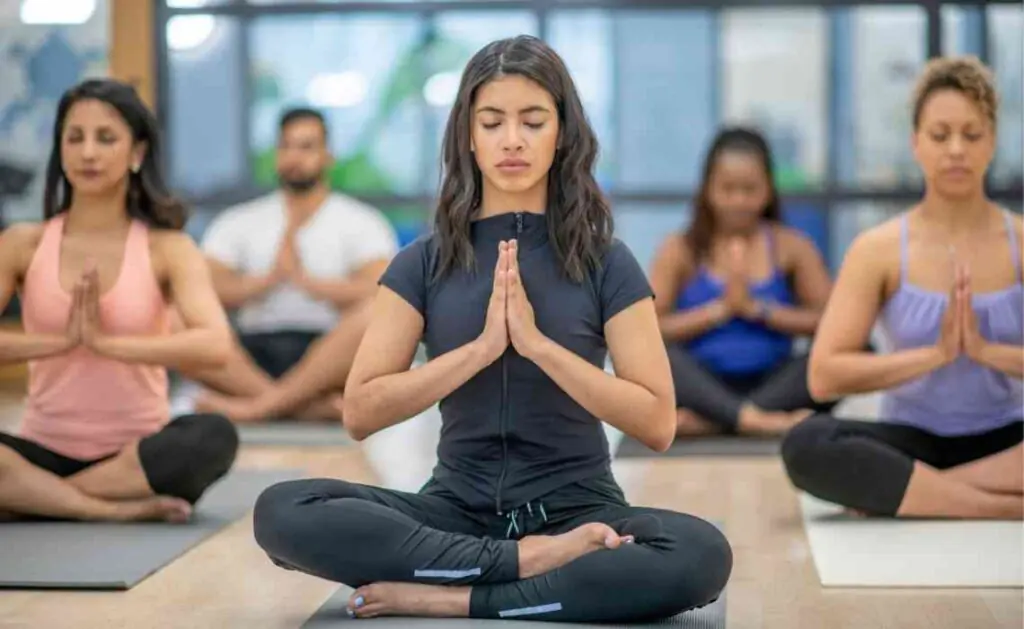
When you see someone press their palms together near their heart and slightly bow their head, they are doing something very special. This gesture is not just a simple move; it carries a lot of meaning in yoga and even in everyday life in many countries like India.
This pose is called Anjali Mudra (pronounced Ahn-jah-lee Moo-drah). In Sanskrit, the ancient language of yoga, “Anjali” means “offering” and “Mudra” means “gesture” or “seal.” So Anjali Mudra means a gesture of offering.
Why Do We Use Anjali Mudra in Yoga?
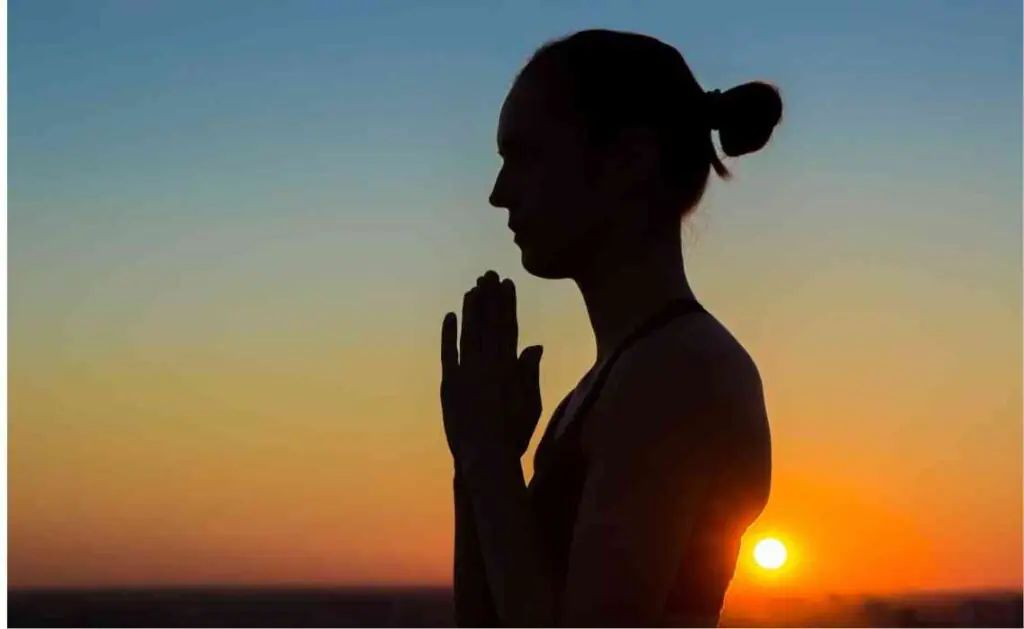
Anjali Mudra is a symbol of respect, gratitude, and love. When you place your hands together in this way, it is like offering kindness and good thoughts from your heart. It is a way to show you are thankful for the class, for the teacher, for your body, and for the time you spent practicing.
Yoga is not just about stretching or getting strong. It is also about being kind, being mindful, and connecting to something bigger than ourselves. Anjali Mudra helps us remember this important part of yoga.
What Does Namaste Mean?
When someone says “Namaste” while doing Anjali Mudra, they are sharing a beautiful message. “Namaste” means “I bow to you” or “The light in me honors the light in you.” It is a way to say that we recognize the goodness in each other.
In many yoga classes, the teacher ends the session by saying “Namaste,” and the students say it back. This exchange creates a feeling of friendship and peace among everyone in the room.
How to Do Anjali Mudra Step-by-Step
Doing Anjali Mudra is simple, but it becomes even more special when you do it mindfully. Here is how you can do it:
- Sit or Stand Tall Begin by sitting cross-legged or standing up straight. Imagine a string pulling you gently upward from the top of your head. This helps you keep a strong but relaxed posture.
- Bring Your Hands Together Press your palms together in front of your chest. Make sure all your fingers are touching, pointing upward, and your thumbs are lightly touching your sternum (the center of your chest).
- Relax Your Shoulders Let your shoulders drop away from your ears. Try not to tighten your neck. Keep your body soft and open.
- Close Your Eyes or Lower Your Gaze You can gently close your eyes if you feel comfortable. If not, simply lower your gaze to the floor.
- Breathe Gently Take a few slow, deep breaths. Feel the connection between your hands and your heart.
- Bow Your Head Slightly Lower your chin just a little bit as a sign of respect and humility.
That’s it! You have now practiced Anjali Mudra with mindfulness and heart.
When Do We Use Anjali Mudra in Yoga Practice?
Anjali Mudra can be used at many points during a yoga session:
- At the Beginning: Many classes start with Anjali Mudra to set an intention. Setting an intention means thinking about something you want to focus on during your practice, like being calm or strong.
- During Poses: Some standing poses, like Mountain Pose (Tadasana), use Anjali Mudra to help balance the body and mind.
- At the End: Most classes end with Anjali Mudra and a Namaste to close the practice with gratitude and peace.
This little gesture helps you stay centered and reminds you why you are practicing yoga.
What is the Spiritual Meaning Behind Anjali Mudra?
Anjali Mudra is not just a physical movement. It has a deep spiritual meaning too.
When you bring your hands together, it is like joining the two sides of yourself. One side is active, full of energy and action. The other side is calm, full of rest and peace. Anjali Mudra helps bring these two sides into balance.
In yoga, balance is very important. It’s not just about standing on one leg without falling. It’s also about feeling balanced inside your heart and mind. When you practice Anjali Mudra, you are inviting this balance into your life.
Fun Facts About Anjali Mudra and Namaste
- In many Asian cultures, pressing your hands together is a common greeting, just like shaking hands or waving.
- Anjali Mudra is sometimes called “Prayer Hands” in English because it looks similar to how people pray in many religions.
- Saying “Namaste” is not only polite but also a way to show respect for all living beings.
Common Mistakes to Avoid While Doing Anjali Mudra
Even though Anjali Mudra looks simple, there are a few things to keep in mind:
- Don’t Press Too Hard: Your palms should touch, but you don’t need to press so hard that your arms feel tense.
- Keep Your Elbows Relaxed: Sometimes people lift their elbows too high or squeeze them too tight. Let them hang naturally.
- Stay Connected to Your Heart: Remember, the hands should be at the heart center, not up by your chin or down by your stomach.
By paying attention to these little details, you make your Anjali Mudra more meaningful and effective.
How to Teach Kids About Anjali Mudra and Namaste
Teaching kids about Anjali Mudra can be a wonderful way to help them understand kindness and respect.
You can explain it like this: “Imagine you are holding a beautiful flower between your hands, right near your heart. You want to keep it safe and share it with the world. When you say Namaste, you are sharing your flower with someone else, and they are sharing theirs with you.”
Using simple stories like this can make the practice fun and easy to remember.
Other Poses That Use Anjali Mudra
Anjali Mudra is not only used alone. It also appears in many other yoga poses:
- Tree Pose (Vrikshasana): While balancing on one foot, placing your hands in Anjali Mudra can help you stay steady.
- Warrior I Pose (Virabhadrasana I): Some variations include bringing the hands together above the head in Anjali Mudra.
- Seated Meditation (Sukhasana): Sitting quietly with hands in Anjali Mudra helps prepare the mind for meditation.
Adding Anjali Mudra to different poses makes them feel more powerful and connected.
How Practicing Anjali Mudra Can Help You Every Day
Even if you are not doing a full yoga class, you can practice Anjali Mudra to feel better during the day.
- When You Wake Up: Take a few moments to sit up in bed, bring your hands together, and set a kind intention for your day.
- Before Meals: Use Anjali Mudra to say thank you for your food.
- When You Feel Stressed: Pause, press your palms together, close your eyes, and take three deep breaths. It can help you feel calm and grounded.
Making Anjali Mudra part of your daily routine can create small moments of peace and gratitude.
So, what is the yoga Namaste pose called in practice? It is called Anjali Mudra. It is a simple but powerful gesture that brings respect, kindness, balance, and connection into your yoga practice and your life.
Next time you step onto your yoga mat, or even when you just need a moment of calm, try pressing your palms together at your heart, closing your eyes, and gently bowing your head. Feel the love and light inside you, and share it with the world.
Namaste!



